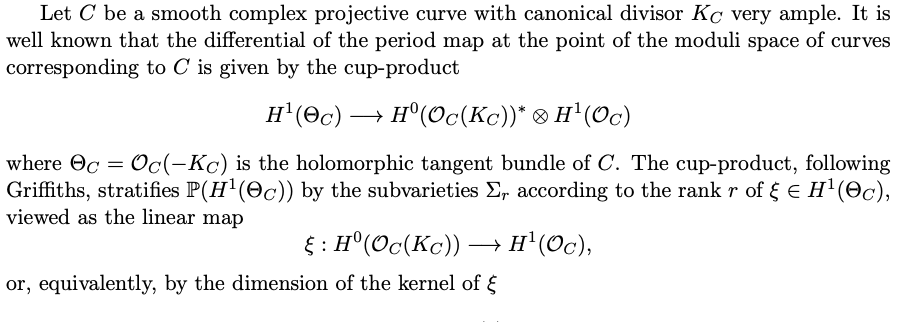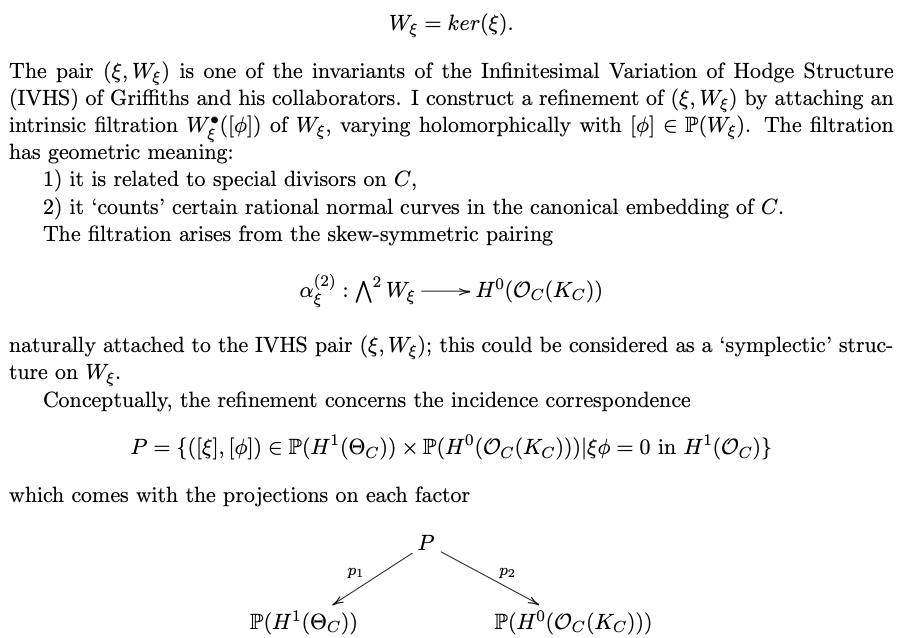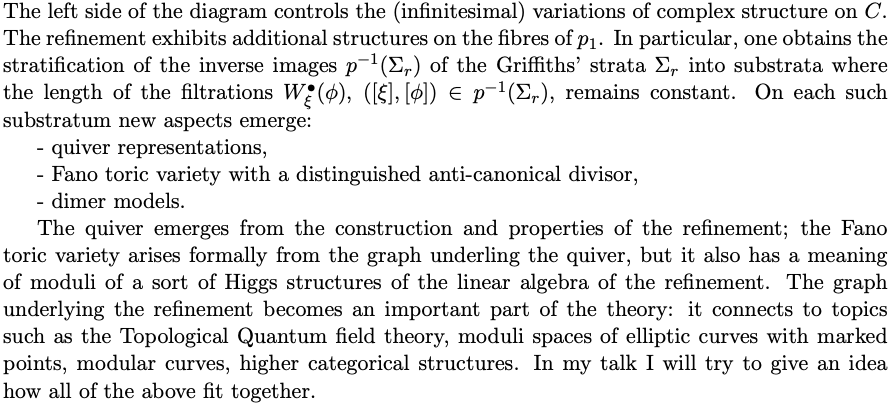A weekly overview of all sessions and speakers.
| Time | Monday 26 | Tuesday 27 | Wednesday 28 | Thursday 29 | Friday 30 |
|---|---|---|---|---|---|
| 9h30-10h30 | Vanhove | de la Ossa 2 | Golyshev 2 | Ovsienko | Fairon |
| Coffee Break | |||||
| 11h00-12h00 | de la Ossa 1 | Terpereau | Fantini | Rota | Candelas |
| Lunch | |||||
| 14h00-15h00 | Gritsenko | Golyshev 1 | Pichon-Pharabod | Gaiur | Roubtsov |
| Coffee Break | |||||
| 15h30-16h30 | Cléry | Gounelas | Vesselov | Oelen | Odesski |
| 16h40-17h40 | Fedosova | Reider | Adler | Simon | |


